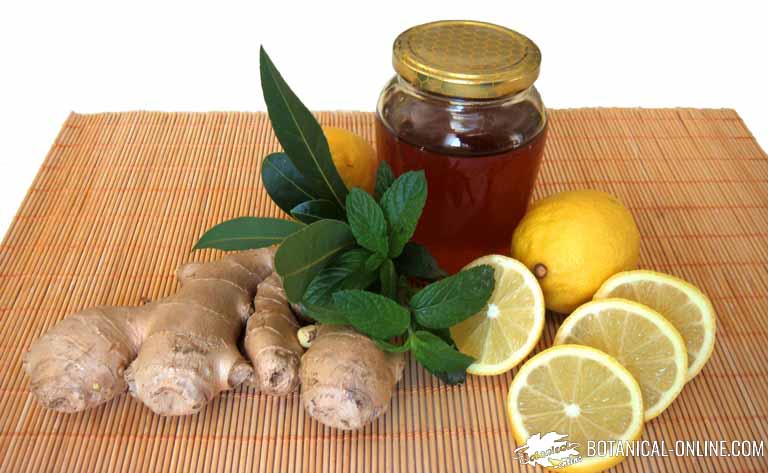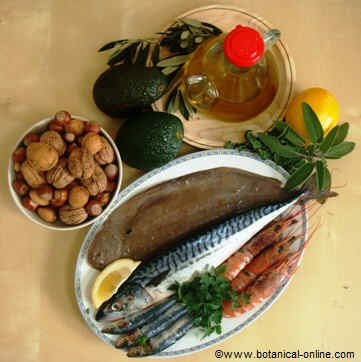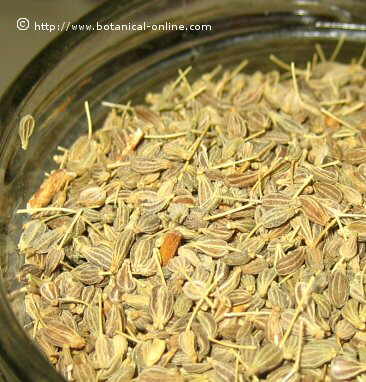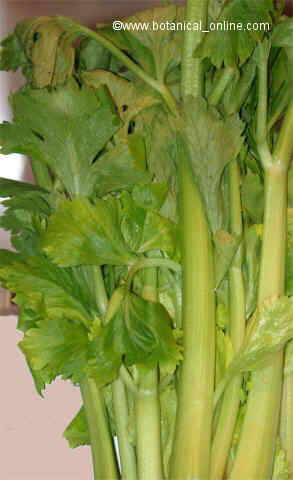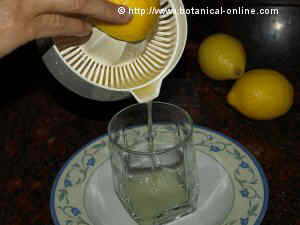Contents
Raspberries. Pests and diseases.
The main diseases that affect them are fungal diseases. These are the most common and the ones we should specially take care of. In general, a good prevention is better than the use of plant protection products. When conditions of infection are very high, we do not justify their use. Among the main general patterns of prevention, we could mention the following:
- Do not plant this crop until 3 years after planting other raspberries or blackberries; other vegetables which tend to transmit the disease (tomatoes, peppers, potatoes) or fruit trees (apricot trees or cherry trees). Likewise, avoid planting them next to wild raspberries, because these could infect and transmit some diseases. We will seek to leave a safe distance of about 200 or 300 meters.
- Use certified seed, not contaminated or clean shoots.
- Encourage the aeration of the fields to prevent mildew, proper pruning and plant copies more distantly . Avoid areas subject to waterlogging or clay soils that retain too much water.
- Remove the infected material, both on plants and on the ground.
The main diseases caused by fungi are:
 Gray mold is caused by a fungus (Botrytis cinerea), which takes place mainly in wet conditions. It attacks many berries, including strawberries, raspberries or bilberries, vegetables, as tomatoes or onions, and many garden plants. It is characterized by the appearance of a gray layer or web on the affected part. It is a plague that spreads quickly when conditions are favorable. (moisture and cool weather) In the case of raspberries, gray mold attacks rotting fruit. The persistence of mycelium in the form of a compact layer on the fruits and trunks allows the fungus to withstand adverse environmental conditions.
Gray mold is caused by a fungus (Botrytis cinerea), which takes place mainly in wet conditions. It attacks many berries, including strawberries, raspberries or bilberries, vegetables, as tomatoes or onions, and many garden plants. It is characterized by the appearance of a gray layer or web on the affected part. It is a plague that spreads quickly when conditions are favorable. (moisture and cool weather) In the case of raspberries, gray mold attacks rotting fruit. The persistence of mycelium in the form of a compact layer on the fruits and trunks allows the fungus to withstand adverse environmental conditions.
The main treatment is the removal of infected material in order to hinder its expansion and the improvement of ventilation to remove the accumulated moisture on plants which facilitates the transmission and spread of this disease.
Plants should be planted farther apart and a proper pruning should be made to remove excess material and to allow air circulation between plants. This is particularly important when planted in greenhouses where air circulation is generally lower and humidity higher.
Appropriate fungicide application according to the conditions of the prospectus will protect healthy plants from infection.
- Stem blight is caused by another fungus (Didymella applanata) that attacks the red and purple raspberries causing leaf drop and the death of the buds. The fruits produced by infected plants are smaller and dry, with the presence of too many seeds. It can be observed that the disease has attacked plants by the presence of purple or brown spots that attack the stems born the same year during summer. As the disease progresses, the fungi spread to the leaves, causing the death of limbo, so that only the petiole stays attached to the branches. The most affected branches can be dried.
The solution, as in the previous case, involves improving ventilation, reducing moisture, burning infected material and applying the appropriate fungicide.
- Anthracnose (Elsinoe veneta) is another fungal disease that develops in periods of high humidity and when the plants are too close together. This fungus attacks the lower part of stems producing sunken circular spots about 3 mm thick. At first, these are dark red and then become gray with the presence of purple fringing. Especially, when it rains a lot in late spring or early summer, injuries can embrace all the stem making it hard for the sap to flow or producing an irregular ripening in fruits. The leaves are also attacked and have holes as if they had been hit by a small projectile.
If the infection is not serious is not worth applying treatments. Otherwise, we use the appropriate fungicide. Prevention goes through the use of resistant varieties, crop aeration and removal of infected material.
- Verticillium wilt: This disease, caused by the fungus Verticillium albo-atrum, attack plants from the ground. It introduces into the plant vessels thorough the inferior stems what determines the stems to turn blue and then attacks the leaves, drying them.
As there is no treatment for this disease, it is best to perform preventive actions.
In case of areas usually affected by this fungus, it will be necessary to apply a fungicide to the soil in summer or autumn. Planting must not take place until the following spring.
- Mosaic Virus: A disease transmitted by an aphid (Amphorophora ruby) and caused by many viruses. Other times it is transmitted through infected seed or by the action of some worms that come from other contaminated plants.
Sometimes there are no symptoms or they may disappear when the temperature increases, although it must be borne in mind that the virus remains latent. Sometimes it manifests as yellowish green specks on the leaves and browning at their tips. In other cases, large blisters appear on the leaves surrounded by a yellow halo. It causes the atrophy of the plant in general, the distortion of leaves, the yellowing of the veins. It also affects the fruits, diminishing its quality or aspect. It can also produce a total absence of fruits in some branches and a lower resistance to cold.
Prevention is the best method to avoid this infection. We must use healthy certified seeds and plant our crops in a ventilated and well drained place. The infected material must be removed and a suitable fungicide should be used.
Do not plant black or purple raspberries near red as the latter can carry this disease without showing symptoms. Do not plant near infected plants and control aphids or nematodes to avoid transmitting it.
- True Mildew is a disease caused by the fungus Sphaerotheca humuli that affects all types of raspberries. A kind of white mold can be placed on the fruits, leaves and young stems absorbing the juices from them. It produces distortion and stunting of stems, fruit rot and a yellowing or leaf drop.
Again, good ventilation and proper spacing of plants is necessary to prevent the fungus from developing. You can apply a suitable fungicide.
 The main plagues that affect raspberries are:
The main plagues that affect raspberries are:
- Crown gall disease: They are rounded formations are displayed on the branches. They are produced by the larva of an insect called Lasioptera rubi, which forms the gall to lock itself inside and resist the cold of winter.
The galls are harmful to the raspberry because they prevent the passage of the sap which lowers their production and disables the normal growth of the stems.
The treatment consists on cutting and burning the branches affected by this disease in winter.
- Bark splitting: Produced by Thomasiniana Theobaldi in the young stems. The wounds are the gateway for many diseases. The solution is to fumigate the soil in spring to kill the larvae of these insects.
Other very common pests
Here, you can mention the following:
- Erinosis (Eriophyes gracilis)
- Sesia
- Brown Caterpillar
- Nematodes

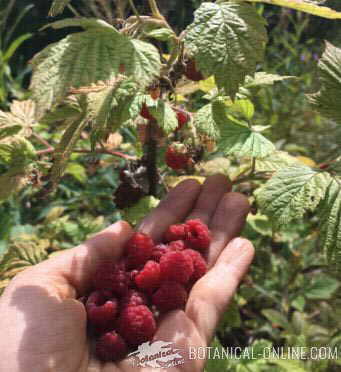 Gray mold is caused by a fungus (Botrytis cinerea), which takes place mainly in wet conditions. It attacks many berries, including
Gray mold is caused by a fungus (Botrytis cinerea), which takes place mainly in wet conditions. It attacks many berries, including 
